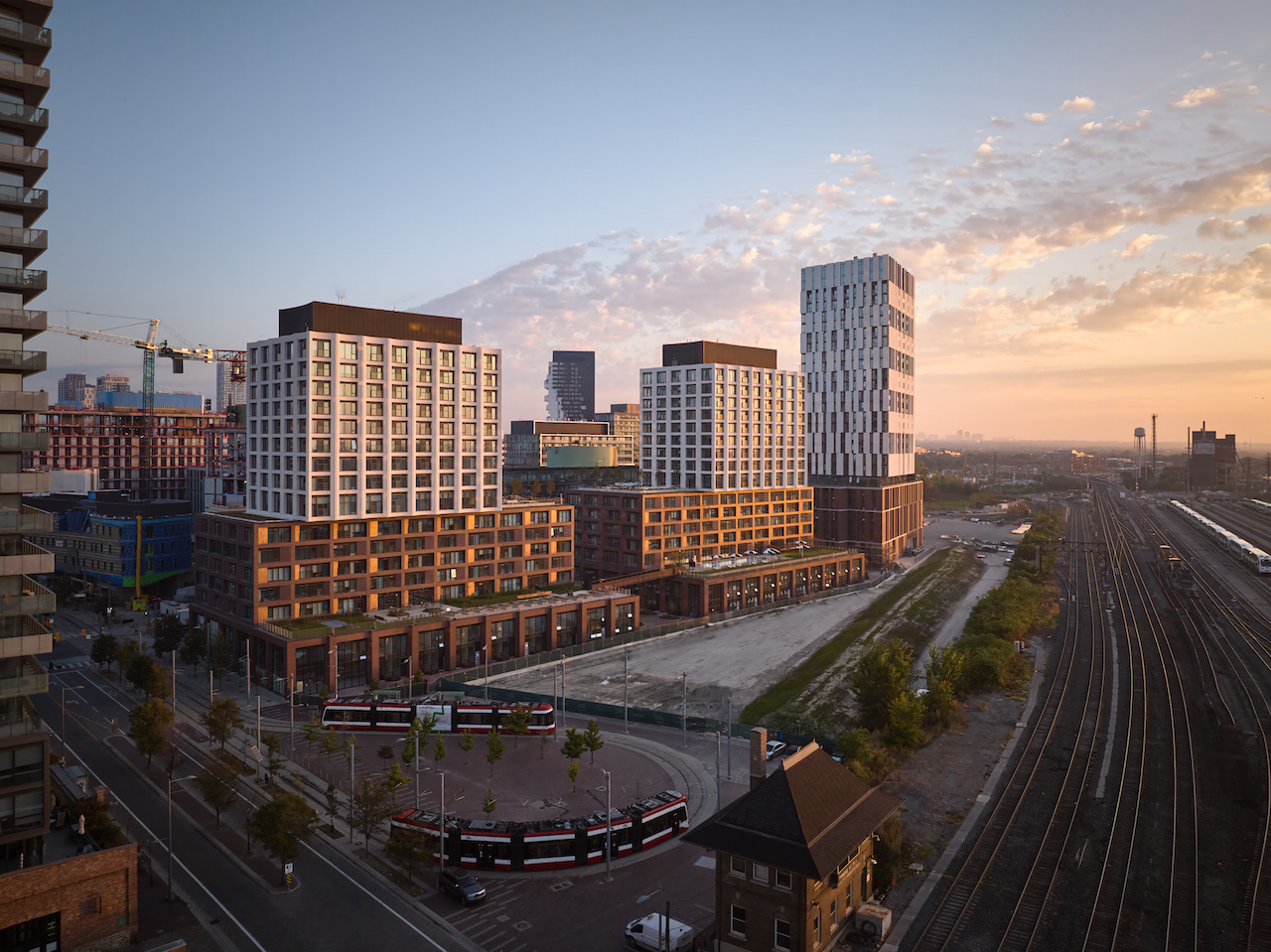Some context on the PROJECT OBJECTIVES of the City of Toronto's HOUSING NOW program, and the order of those Priorities -
View attachment 631455
30% of the units as "Affordable Rental" (aka -
Workforce Rental Housing at approx. $2 - 3 per month / per sq. ft) is pretty-much the STANDARD ratio in the last few years on new build "Mixed-Income Properties" on Government-Owned Lands within the City of Toronto...
View attachment 631454
...the Target-Incomes for these kinds of "Affordable Housing" rents on HOUSING NOW sites are very
different than the incomes of "Social Housing" (eg. Toronto Community Housing) rents in 2025...
View attachment 631456
...the majority of the HOUSING NOW program's "Affordable Housing" units are focused on creating net new rental apartments for - "
middle income earners and key workers and professionals who are finding it increasingly unaffordable to live within the borders of the City of Toronto" - of the 230 x total new AFFORDABLE RENTAL apartments in this BLOCK-03 proposal, assume that approx. ~200 x apartments will be for
annual household gross incomes between $43,000 - $88,000 / year, depending on Household / Family size...
View attachment 631457
...only Approx. ~30 (THIRTY) x new AFFORDABLE RENTAL apartments in this BLOCK-03 proposal will be for Households with
annual household gross incomes below $40,000 / year. They will mostly be provided via unit-allocation deals with various "Not-Profit Partner Agencies" who have the ability to bring other forms of rent-subsidy into those apartments to lower the out-of-pocket rents for those specific households.
Example -
Kehilla’s Rental Assistance Program (RAP) provides
up to $400 a month to help people pay their rent and live more affordably in the Jewish Community -

www.kehilla.ca
View attachment 631458
...the majority of the new "Affordable Rental" apartments will be for Households and Individuals like the people the City identifies in the materials that they present at their In-Person public-meetings about these kinds of developments.
This Market-to-Affordable apartments ratio (30%) - and target "Affordable Rent" bands are the same-model as on other recently completed developments like
MAPLE HOUSE AT CANARY LANDING -
Maple House at Canary Landing is one of ten winners of the 2024 Urban Land Institute’s (ULI) Americas Awards for Excellence. Developed by Dream Unlimited, Kilmer Group, and Tricon Residential, and designed by COBE Architects and architects—Alliance, Maple House stands as the sole Canadian...

urbantoronto.ca



